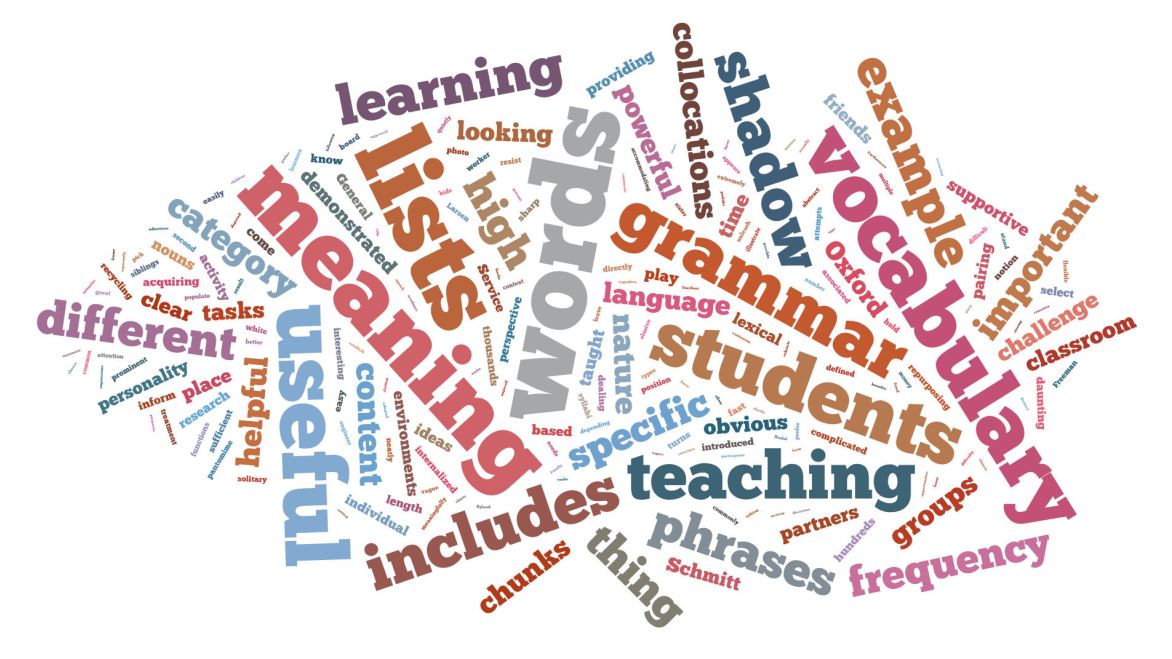Let’s be honest—social studies doesn’t always get the spotlight in the elementary classroom. Between math, reading, writing, and all the other things packed into a school day, social studies can sometimes feel like the extra subject we "get to if we have time". But social studies is more than just facts and maps—it’s about helping kids understand the world around them and their role in it. And that’s powerful.
So, how do we deepen the presence of social studies in our classrooms? It doesn’t have to mean adding more time (though that’s always nice!). Instead, it’s about being intentional with how we weave it into what we’re already doing.
One way is through storytelling. Kids love stories—and history is full of them! Whether it’s learning about community helpers, famous historical figures, or how neighborhoods have changed over time, stories help students connect with people and places in meaningful ways.
Another way is by getting hands-on and local. When students can explore their own communities—whether that’s by creating a classroom map, doing a neighborhood walk, or sorting pictures of local landmarks—they start to see how they fit into something bigger. It builds connection, curiosity, and critical thinking, all at once.
And let’s not forget that social studies pairs beautifully with reading and writing. Have students write about their family traditions, research someone they admire, or read books that take place in different parts of the world. Suddenly, social studies becomes part of the everyday learning routine.
Most importantly, let’s teach our students that they are citizens now—not just someday. By giving them the chance to ask questions, solve problems, and share their ideas, we’re helping them grow into thoughtful, informed people who know their voices matter.
Social studies doesn’t need to be an “extra.” With some creativity and a lot of heart, it can become one of the richest, most engaging parts of the elementary day.






